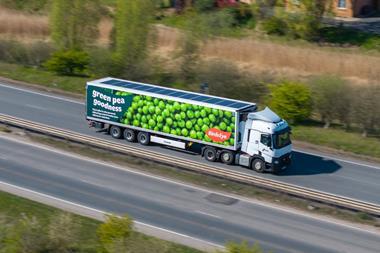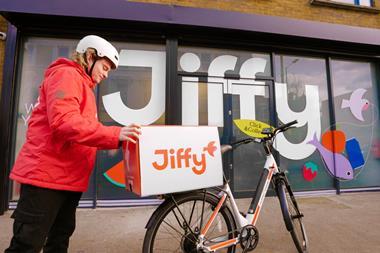A team of scientists has unveiled the latest weapon in the war on counterfeit alcohol - a hand-held device that identifies fakes without opening the bottle.
The device works by using a beam of light to analyse the contents of a bottle. It provides a ‘signature’ of the liquid, which is then compared to a signature of the genuine article. If the match is not identical it flags up the bottle as a fake.
The device, developed at the University of Leicester Space Research Centre, is being prepared for launch as a low-cost product for sale to the supply chain.
“It could be used in a retail outlet or by wholesalers who are buying goods which don’t come direct from the manufacturer,” said the university’s Tim Maskell. “There is a need for something that gives a rapid answer over authenticity of alcohol.”
The device has been trialled on whisky, but in theory could be used to verify the authenticity of any alcohol, he added. However, it may require liquid to have some colour to determine a result - which could rule out vodka, thought to be the most counterfeited type of alcohol in the market.
But Maskell is confident further trials will find a way to discriminate between clear liquids.
“It would be better if vodka had colour,” he said. “But it may have characteristics that will allow us get a result.”
Maskell added a centralised database of test results could also offer a “forensic analysis” of the movement of counterfeit alcohol around Europe.
According to The Institute of Engineering and Technology, seizures of fakes have rocketed by almost 400% since 2009. Five men were killed when an illegal vodka distillery in Lincolnshire exploded last summer. And a fortnight ago a student at Sheffield University was left with damaged eyesight after drinking fake vodka.
Close menu
- Home
- Retail & Wholesale
-
Products & Suppliers
- Back to parent navigation item
- Products & Suppliers
-
Product Categories:
- Back to parent navigation item
- Product Categories:
- Alcoholic drinks
- Bakery
- Cereals & breakfast
- Cheese
- Chicken & poultry
- Chocolate
- Confectionery
- Crisps, nuts & snacks
- Dairy
- Fish
- Fresh produce
- Frozen
- Household
- Meat
- Own Label
- Sauces & condiments
- Seasonal
- Soft drinks
- Vaping
- Vegan & plant-based
- World foods
- Suppliers
- People
- Reports & Data
-
Topics A-Z
- Back to parent navigation item
- Topics A-Z
-
Popular topics:
- Back to parent navigation item
- Popular topics:
- Cost of living crisis
- Crime
- Deposit Return Schemes
- Finance
- Government & Regulation
- Health
- Inflation
- Loyalty
- Marketing
- Mergers & Acquisitions
- New Product Development
- Sourcing
- Supply chain
- Sustainability & environment
- Technology
- Ultra Processed Foods
- Vaping
- A-Z all topics
- Content by type:
- Events
- Subscribe now
Sign in to comment on this article
Not logged in before? Register for FREE guest access today.
You will be able to:
- Read more stories
- Receive daily newsletters
- Comment on stories
Advert



















No comments yet